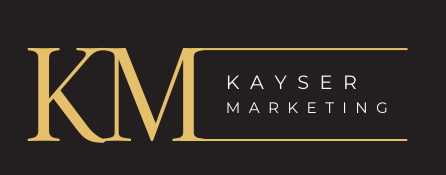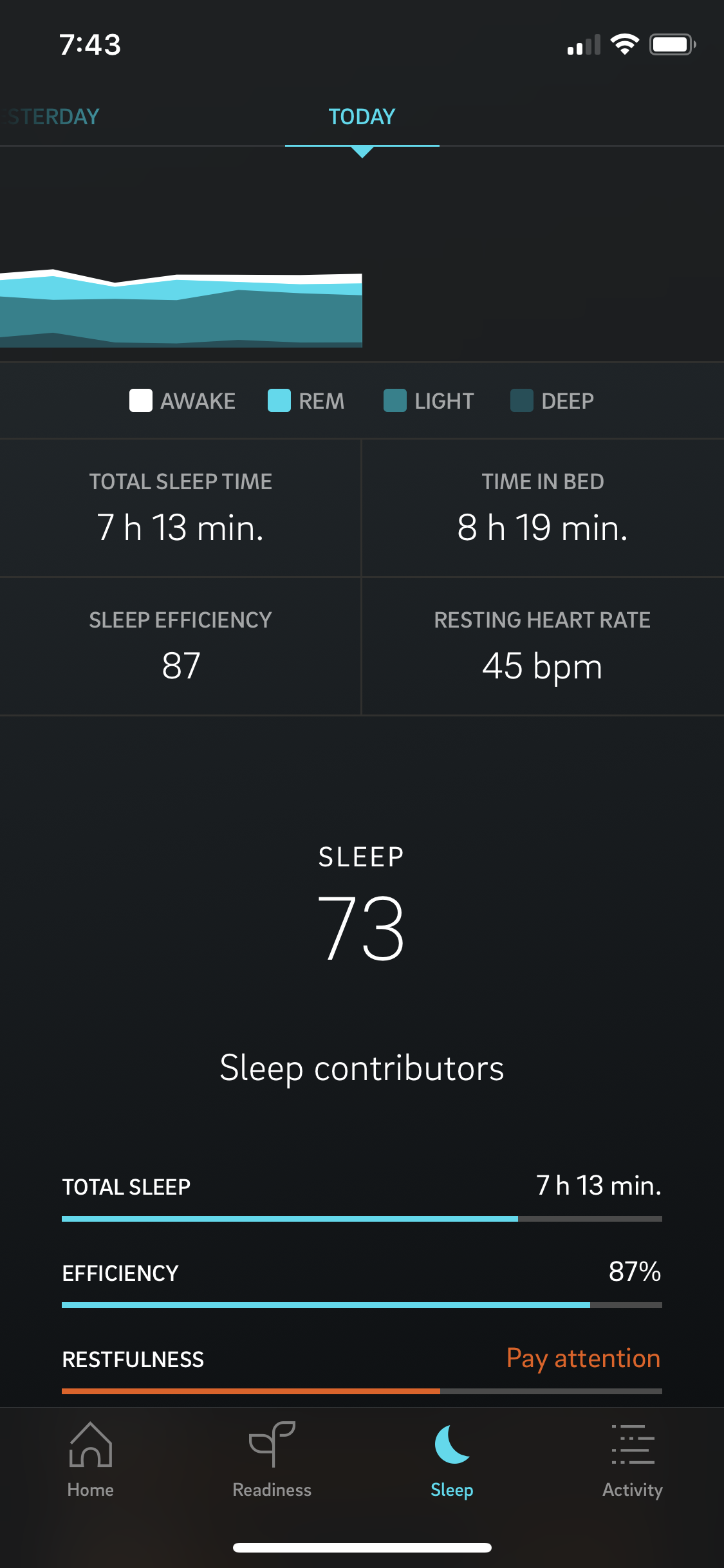9 Steps For Better Sleep
Sleep is so important to health and performance that it almost seems like the next stage in the evolution of talking about sleep is that it will become a prescription from doctors.
When we think about sleep, the world has shifted to considering it that stretch of time where we have lost productivity from the constant grind and hustle that is preached by entrepreneurs and professionals alike. But the reality is that quality sleep is one of the most important factors for improving productivity and performance. It’s no wonder that professional athletes like LeBron James and Hafthor Bjornsson get upwards of 10 hours of sleep each night.
If you struggle to recover from heavy training or your progress isn’t as good as you expect it to be, your sleep should be one of the first places you look to make a change that will benefit you.
In getting a quality night’s sleep, the term that is often used now is “sleep hygiene” and it refers to the difference steps that you can do to make your sleeping domicile (aka the bear cave) as conducive for sleep as possible.
I find this to be particularly important for strongman athletes because for many of us our sleep isn’t great to start with due to a prevalence of sleep apnea. The first step that you can take if you don’t feel well-rested after sleeping is to get a sleep test done at a lab to see if you’ve got sleep apnea or any other sleep disorder that can be treated. Using a CPAP for treating sleep apnea will make an immense difference in your quality of sleep, recovery, and ultimately performance.
In Why We Sleep, Matthew Walker put together the most comprehensive account for the fascinating effects of sleep. Walker outlines a multitude of sleep hygiene steps that can be taken to hit that recommended sweet spot of 8 hours of sleep each night.
A lot of it comes down to how well you prepare your nighttime ritual to prepare yourself and your bear cave for deep slumber. Here are some of the most important steps I have found to help, as well as some additional ones that may be worth checking out.
Steps to improve sleep hygiene (roughly in order based on timeline before bed).
10+ Hours Before Bed
Avoid Caffeine - typically most people should stop around 1 pm if they aim to sleep around 10 or 11. Even if that afternoon pick-me-up doesn’t leave you feeling jittery, there may still be enough caffeine floating around in your system to impact your sleep quality and make it more difficult to fall asleep.
3 Hours Before Bed
No Strenuous Exercise - getting your heart rate pounding within a few hours of your scheduled bedtime can make it harder to relax and fall asleep. If that’s the only time you have available to train, training may just have to come before sleep quality but you can also consider going to bed earlier and waking up earlier to train.
No Big Meals - Eating to the point of discomfort means your body has a lot to process and digest and can leave you feeling like you’ve got a rock pressing down while you’re trying to get comfortable for sleep. You also want to ideally time your last meal around the 3-hour mark so your stomach isn’t grumbling either as you try to fall asleep.
1-2 Hours Before Bed
Keep the Bear Cave Cool - You’ll want to start to drop the temperature in your room in the last couple of hours of the day, as one of the factors that triggers your brain that it’s time to sleep is a drop in temperature. Before we had temperature controlled houses, the temperature while sleeping in a hut or cave dropped as the sun went down and we went to sleep. It’s usually recommended that you set your room somewhere in the 65-68 F range and you’ll have to play around with this to find your own sweet spot. An additional tip you can try is sleeping with socks on. Your feet like to be a little bit warmer than the rest of your body for the best sleep possible.
Electronics Out of the Bedroom - this really should be a 24 hours before sleep thing because everyone who values quality sleep can agree that electronics need to be removed from the bedroom because when we watch tv in bed we tend to go to sleep later and the same thing goes for watching videos on YouTube or scrolling social media. It also ties into the next tip...
Blue lights out before bed - Depending on what time you go to bed relative to the cycle of the sun, this may even come before the 1-2 hour mark but blue lights should be eliminated as early in the evening as possible. Set all of your devices to Night Shift towards a warmer tone. I like to have mine automatically set to follow the sunrise/sunset cycle. This will also help to reduce eye strain from constantly staring at blue light. You can also buy a set of blue light blocking glasses on Amazon for about 10 or 30 bucks depending on how fancy you want them to look.
In getting rid of this blue light before bed, it also means you should shut down the tv, tablet, and phone and read an actual book. If you’re in the market for switching out your lightbulbs in the bedroom, you can also replace any bulbs with an LED bulb that can shift towards red light, like the Philips Hue. This is the ideal way to go about it. The best compromises that you can make would be to dim your existing lights and then use an offline e-reader so you aren’t being distracted with messages or phone calls when you’re trying to wind down for sleep. The backlight of a Kindle can be turned way down so that you can simply illuminate the page with your dimmed light the way you would for a hard copy.
Contrast Shower or a Hot Bath
In Why We Sleep it’s suggested that you take a hot bath to prepare yourself for sleep because as you get out of the hot water, your brain will notice the dramatic temperature gradient and signal your body to prepare for sleep. I can’t stand getting so hot before sleeping so another option that I have heard many people prefer, including myself, is to do a contrast shower starting with hot and ending on cold. Typically this consists of alternating between 10 seconds of hot and 20 seconds of cold for a total of 8 to 10 cycles. I like that ending on cold gets you out of the shower with the temperature drop already started so you’re on your way to sleepy town. The contrast also works nicely before bed because I’ve found that simply doing cold may get you too cold which actually makes it harder to sleep.
EMF Blocking - I’m still not convinced that there’s much merit to these claims but there is a subset of the population that thinks the electromagnetic fields from electronic devices and WiFi routers are negatively affecting our health, including sleep quality. If you follow all of the steps above and still have a hard time getting quality sleep, you may have to “ground” yourself and eliminate EMFs. If you don’t want to wrap your bedroom in tinfoil, you’ll have to spend several thousand dollars on an EMF grounding pad to place under your bed and a talisman to wear around your neck, which is supposed to protect you from EMFs. You’ll also have to put all devices on airplane mode and turn off your WiFi router. If you live near any high-power lines or transformers, you’re probably already dead.
Bonus Tip: Know Yourself - the Oura Ring
The Oura ring is the most comprehensive sleep and recovery tracker that I have seen on the market. With the combination of sleep tracking and heart rate variability (HRV), Oura helps you to go a step beyond just “feels” to knowing how well you’re recovering and how prepared you are for training each day. If you’ve been training for any appreciable amount of time, hopefully you are introspective enough about how you feel in order to know fairly well what your body is dictating your training should be like each day. In using the Oura ring daily for close to two months now, I’ve noticed that much of how I think I feel is reflected in my score each day. The ring is sensitive enough though that you can get into the very fine details about things like how well you’re sleeping based on what time you ate your last meal or even what type of foods you ate at dinner (or throughout the day). This sort of next-level biohacking is what can take your overall sleep and well-being from whatever mediocre state it currently is in to being at your own pinnacle of health.
The Oura ring also gets smarter as you continue to use it and it’s able to detect your own trends better. This makes it a neat tool to use short-term but a much more valuable part of your reflection on training and recovery as you use it more regularly. I said the same sort of thing a few years ago when I wrote about using HRV for training.
(If you are concerned about the EMFs from this little device you can also put it on airplane mode and only take it off when you want to upload your data).
You can also save $75 USD on your order of an Oura ring right now if you use this code. I don’t get anything out of this other than being able to share a great product but you get a pretty sweet deal with the savings! So check it out if you’d like.
Sleep Well!



